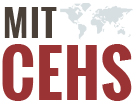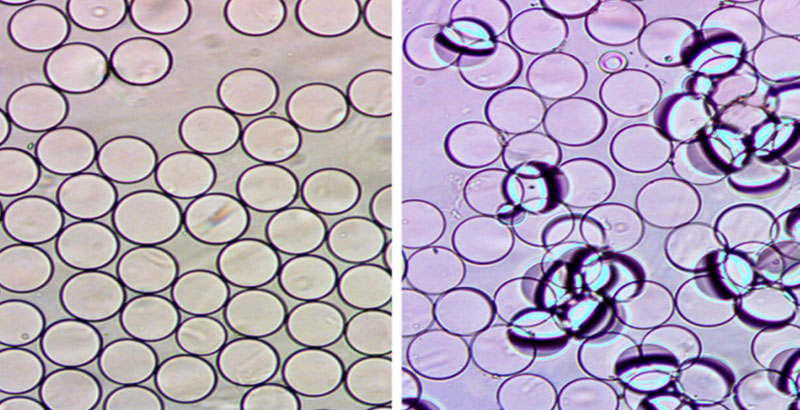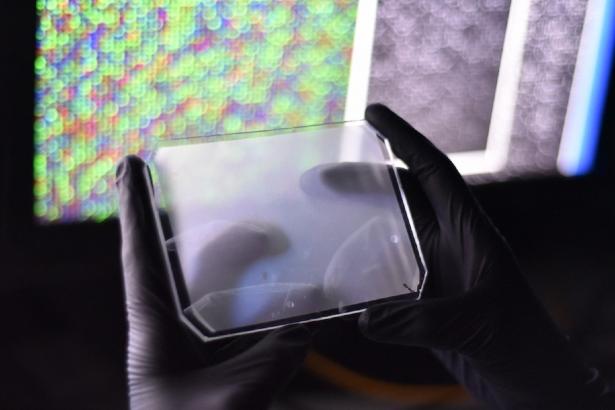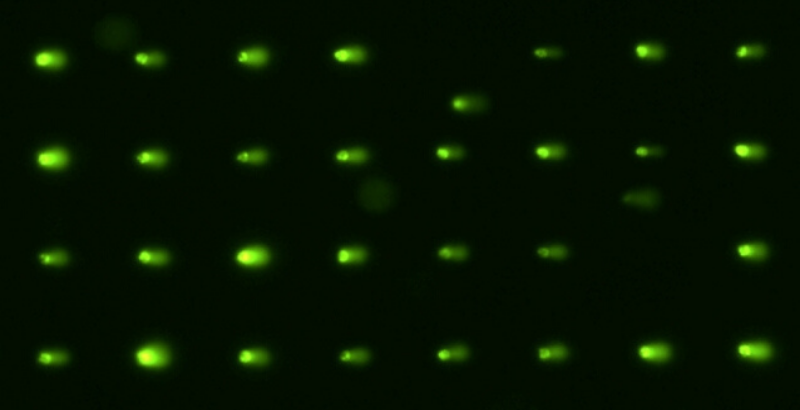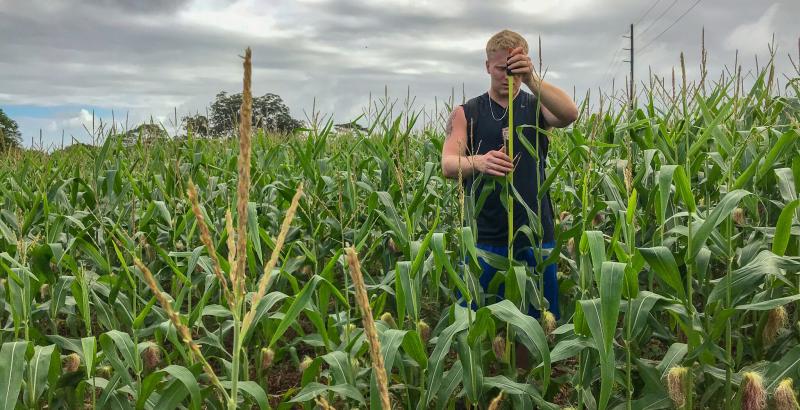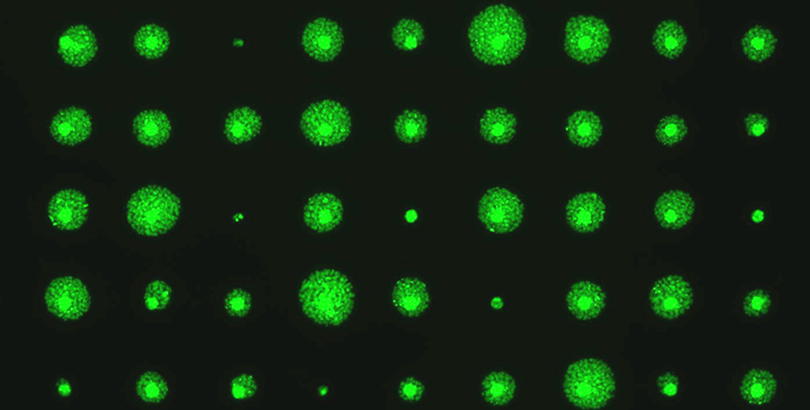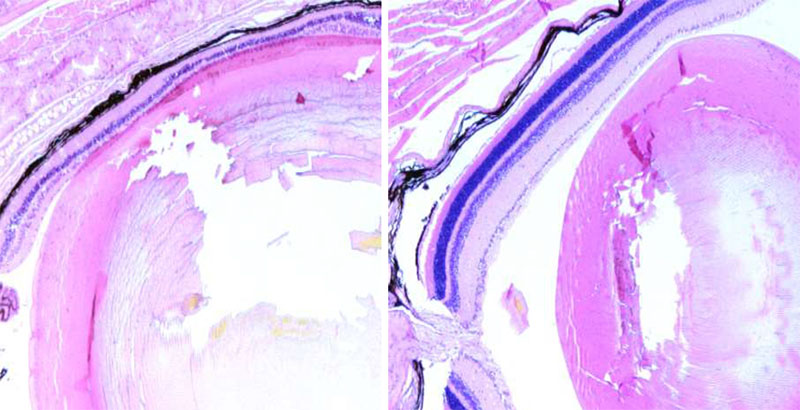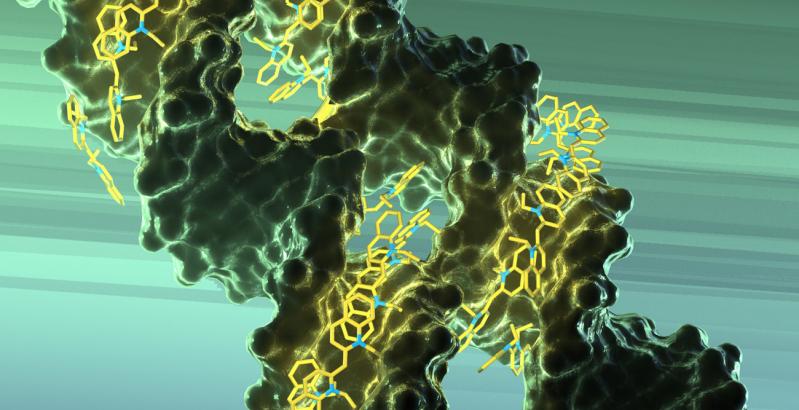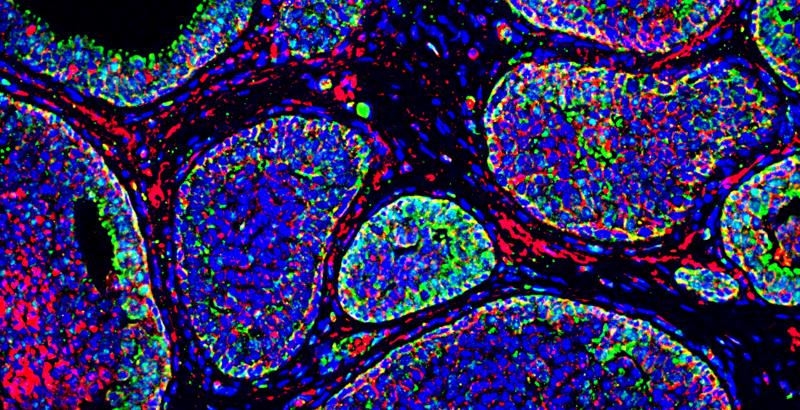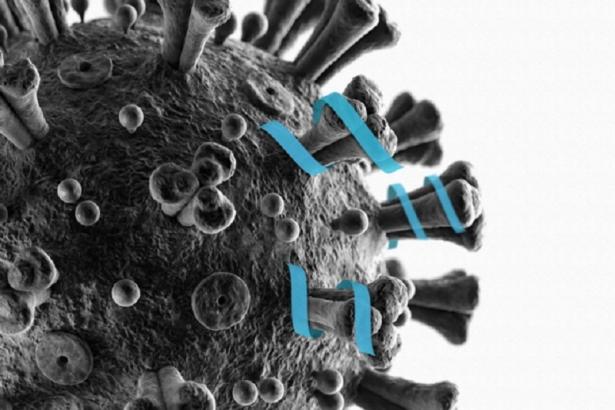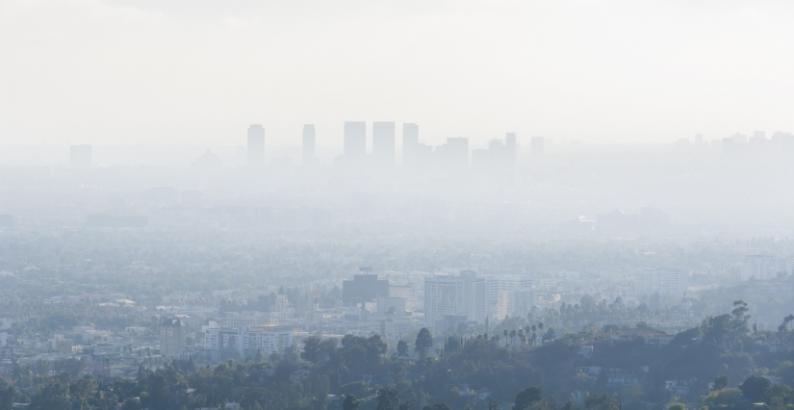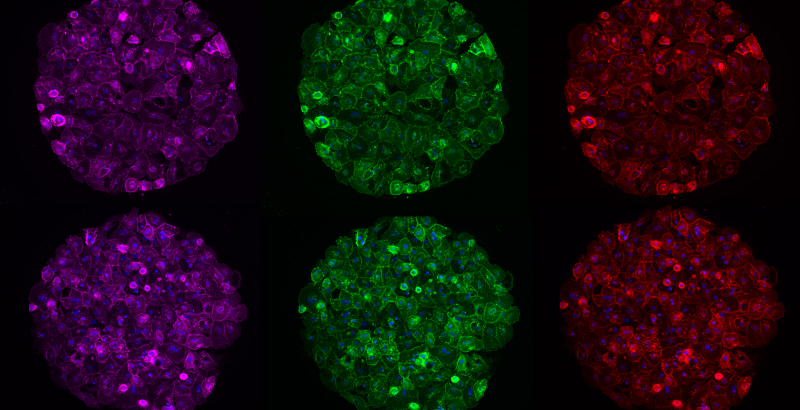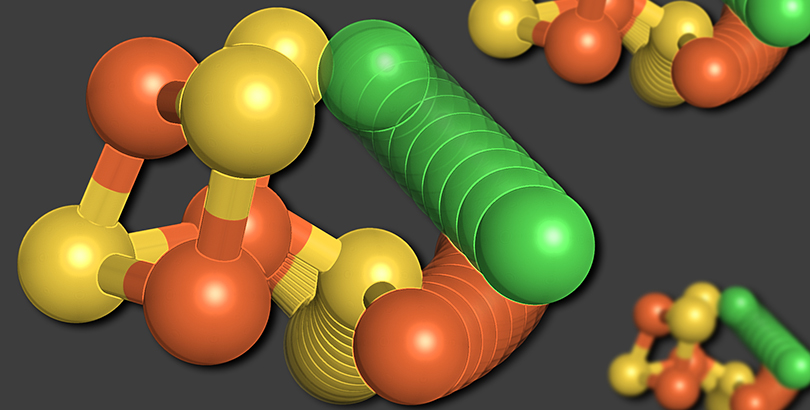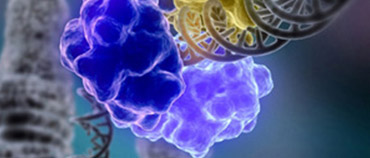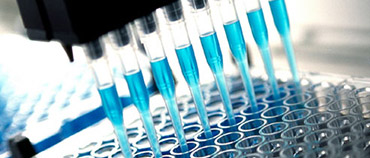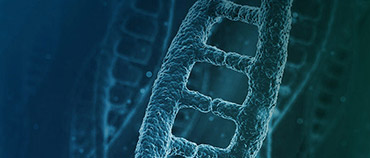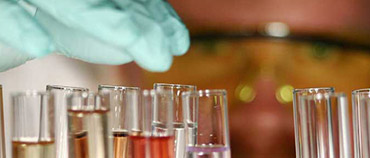News >
A new sensor detects harmful “forever chemicals” in drinking water
The technology could offer a cheap, fast way to test for PFAS, which have been linked to cancer and other health problems. (Swager lab)
Deciphering the cellular mechanisms behind ALS
Professor Ernest Fraenkel has decoded fundamental aspects of Huntington’s disease and glioblastoma, and is now using computation to better...
Read MoreSupport & Citation >
Please remember to cite our support in your publications!
To cite the Center Core grant support,
Grant # P30-ES002109, on your publication.
If you have or are a trainee on Grant # T32-ES007020,
please cite the Training Grant's support on your publication.
Community Outreach & Engagement >
Using an untapped resource, the Malden River Project is boosting social resilience along with climate mitigation in the gateway city of Malden,... Read More
Prize supports powerful collaboration among diverse constituencies in Malden, Massachusetts.
Malden, Massachusetts, is a city of neighborhoods,... Read More
Events >
April 11, 2024 | 5:45PM | 56-614
May 9, 2024 | 5:45PM | 56-614
Copyright © 2014 (MIT Center for Environmental Health Sciences)
Funded by NIH-NIEHS Core Center Grant P30-ES002109
Accessibility
Funded by NIH-NIEHS Core Center Grant P30-ES002109
Accessibility
CENTER FOR ENVIRONMENTAL HEALTH SCIENCES
Massachusetts Institute of Technology | 77 Massachusetts Ave | Building 56-265 | Cambridge, MA 02139
Phone: 617-452-2072 | Fax: 617-452-2066 | cehs@mit.edu
